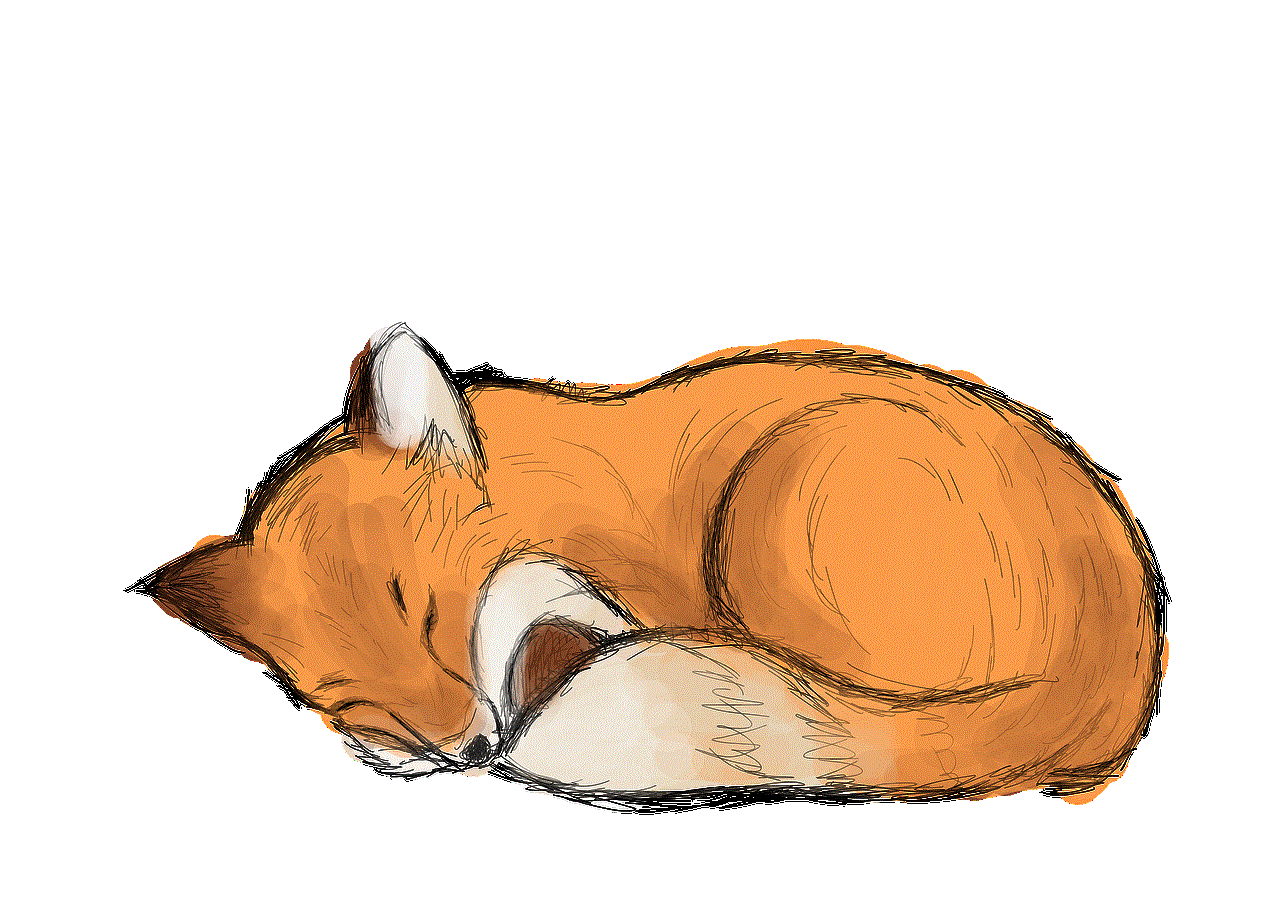what does yh mean in texting
In today’s digital age, texting has become the primary mode of communication for many people around the world. With the rise of smartphones and instant messaging apps, it has never been easier to stay connected with our friends and family. However, with the increasing use of abbreviations and acronyms, it can be challenging to keep up with the ever-changing language of texting. One such abbreviation that has gained popularity in recent years is “yh.” But what does yh mean in texting? In this article, we will explore the meaning of yh in texting and its various uses.
The most common interpretation of yh in texting is “yeah” or “yes.” It is a shortened form of the word, often used to express agreement or acknowledgement. In this context, yh is typically used in response to a question or statement, similar to how “yes” is used in face-to-face conversations. For example, if someone asks you if you want to go out for dinner, you can simply respond with “yh” to indicate your agreement. Similarly, if someone shares a funny meme with you, and you find it amusing, you can reply with “yh” to show your appreciation.
Another common use of yh in texting is as a replacement for “you.” In this context, it is typically used in casual conversations or among friends. For example, instead of saying “how are you?” someone might ask “yh doing?” or “yh okay?” It is a way to shorten the sentence and make it more informal, similar to how “u” is used instead of “you” in texting. This use of yh is often seen in texting among younger generations, who are more familiar with using abbreviations and acronyms in their daily conversations.
Furthermore, yh can also be used as a greeting or farewell. In this context, it is similar to “hey” or “hi” and is used to initiate a conversation or acknowledge someone’s presence. For instance, you may receive a text from a friend saying “yh!” to say hello or “yh, see you later!” as a way to say goodbye. This use of yh is more informal and is primarily used among close friends or in casual conversations. It is a quick and easy way to start or end a conversation without having to type out a more extended greeting or farewell.
In addition to its various uses as an abbreviation, yh can also have a different meaning when used in a specific context. For example, in some online forums or chat rooms, yh can stand for “you have.” In this case, it is often used to ask someone if they have a particular item or information. For instance, someone might ask, “yh the new iPhone?” to inquire if the person has the latest iPhone model. This use of yh is more prevalent in online spaces, where people use abbreviations and acronyms to communicate quickly and efficiently.
Another interpretation of yh in texting can be “yeah, hell.” This use of yh is more slang and is often used to express excitement or enthusiasm. For example, if someone shares exciting news with you, you might respond with “yh!” to indicate your excitement. It is a way to show support and encouragement, similar to how “yay!” is used in face-to-face conversations. This use of yh is more common among younger generations, who are more likely to use slang in their daily conversations.
Moreover, in some instances, yh can also stand for “your house.” It is a way to ask someone if they are at their home or if they are inviting you over to their place. For instance, someone might text you saying, “yh tonight?” to ask if you are free to hang out at your house. This use of yh is more common among friends who are comfortable with each other and are familiar with each other’s living arrangements.
Furthermore, yh can also have a negative connotation when used as “you hate.” In this instance, it is often used to express dislike or frustration towards someone or something. For example, if someone dislikes a particular food, they might say, “yh that dish.” This use of yh is more informal and is primarily used among friends or in casual conversations. It is a way to express negative emotions without having to use a more explicit word or phrase.
In conclusion, yh is a versatile abbreviation that has gained popularity in texting and online communication. Its most common interpretation is “yeah” or “yes,” but it can also be used as a greeting or farewell, a replacement for “you,” or to express excitement or frustration. Its various uses and interpretations depend on the context in which it is used and the relationship between the people communicating. While it may take some time to get accustomed to the ever-changing language of texting, understanding the meaning of abbreviations like yh can help us stay connected and communicate more efficiently in today’s fast-paced world.
what does brb mean on snapchat
If you’re a regular Snapchat user, chances are that you have come across the abbreviation “brb” at least once in your conversations. This popular acronym has been around for quite some time and is used by people of all ages and backgrounds. But what exactly does “brb” mean on Snapchat ? In this article, we will delve into the meaning and usage of this term and how it has become a part of modern communication.
First and foremost, “brb” is an acronym for “be right back”. It is a short and convenient way of informing someone that you will be away for a short period of time and will return shortly. This term has been in existence since the early days of the internet and has gained widespread use with the rise of social media platforms like Snapchat.
On Snapchat, “brb” is commonly used in chat conversations, especially when the users are engaged in a back-and-forth dialogue. It is often used when someone needs to step away from their phone or the conversation for a short while. The reason for this temporary absence could vary from person to person, but the most common ones include attending to a personal matter, taking a break, or simply being occupied with something else.
Additionally, “brb” is also used on Snapchat to indicate a pause in the conversation. This could happen for various reasons, such as when someone is typing a long message, searching for something, or needs to gather their thoughts before responding. In such cases, the person would type “brb” to let the other person know that they are still there but will take a short break before continuing the conversation.
Apart from its literal meaning, “brb” has also taken on a more figurative meaning in modern communication. It has become a way of expressing that you need a break from the conversation or the person you are talking to. This could be due to various reasons, such as feeling overwhelmed, needing some space, or simply not being in the mood to chat. In such cases, “brb” is a polite and non-confrontational way of saying that you need some time to yourself.
Another interesting aspect of “brb” on Snapchat is its usage in group chats. In such scenarios, it is used to inform the group that one member will be away for a while and will return later. This could be to attend to a personal matter or simply because they are busy with something else. By using “brb”, the person ensures that the group knows they are not ignoring the conversation and will be back to participate.
Moreover, “brb” on Snapchat is also used as a way of showing respect and consideration for the other person. By informing them that you will be away for a while, you are acknowledging their presence and letting them know that you will be back to continue the conversation. This is especially important in today’s fast-paced world, where people are constantly connected to their phones and may feel neglected if someone suddenly stops responding without any explanation.



In some cases, “brb” on Snapchat could also be used as a way of buying time. For instance, if someone asks you a question that you do not know the answer to or need some time to think about, you could type “brb” and take a few moments to research or gather your thoughts. This way, you can give a well-thought-out response instead of rushing into an answer or leaving the person hanging.
Furthermore, “brb” on Snapchat is also used in a joking or sarcastic manner. This could happen when someone is being constantly bombarded with messages and needs a break from the conversation. By typing “brb”, they are poking fun at the situation and letting the other person know that they are taking a break from the conversation for their own sanity. This usage of “brb” adds a playful element to the conversation and shows that both parties are comfortable with each other.
In recent years, “brb” has also evolved into other variations, such as “bbl” (be back later) and “gtg” (got to go). These acronyms are used in a similar context to “brb” and are often used interchangeably. The reason for this could be the need for diversity in communication or simply the influence of different social media platforms where these variations are more commonly used.
Although “brb” has become a part of modern communication, it is not without its drawbacks. One of the main criticisms of this term is that it can sometimes be overused and cause confusion. For instance, if someone uses “brb” too frequently, the other person may feel like the conversation is being interrupted or that the person is not interested in talking. This could also lead to misunderstandings and misinterpretations, especially in important or serious conversations.
Moreover, the usage of “brb” could also be seen as a lack of consideration for the other person’s time. In some cases, people may use “brb” when they actually mean that they are ending the conversation. This could be seen as rude and disrespectful, as the other person may be waiting for a response that will never come. Therefore, it is important to use “brb” responsibly and only when it is necessary.
In conclusion, “brb” is an acronym that has become an integral part of modern communication, especially on social media platforms like Snapchat. It is a convenient and polite way of indicating a temporary absence from the conversation and has various applications in different scenarios. However, like any other term, it is important to use “brb” responsibly and be considerate of the other person’s time and feelings. So, the next time you come across “brb” on Snapchat, you know exactly what it means and how it is used in modern communication.
what does nrn mean
NRN (Non Resident Nepali) is a term used to describe Nepali citizens who reside outside of Nepal. This term is commonly used in the context of the Nepali diaspora, which refers to the community of Nepali people living in various parts of the world. The term NRN has gained significant attention in recent years due to the increasing number of Nepali citizens migrating to other countries for various reasons, such as education, employment, or better living standards.
The NRN community is estimated to be around 5 million, and they are spread across different parts of the globe, including the United States, Canada, the United Kingdom, Australia, and many more. This community has played a vital role in promoting Nepal’s culture, traditions, and values in their respective countries. They have also been significant contributors to Nepal’s economy through remittances, investments, and philanthropic activities.
The concept of NRN was first introduced in 2003 by the Government of Nepal with the establishment of the Non-Resident Nepali Association (NRNA). The primary objective of NRNA is to bring together Nepali citizens living abroad and promote their interests and welfare. This organization also acts as a bridge between the Nepali diaspora and the government of Nepal, advocating for their rights and addressing their concerns.



One of the main reasons for the increasing number of NRNs is the lack of opportunities in Nepal. The country’s political instability, economic struggles, and high unemployment rates have driven many Nepali citizens to seek better opportunities abroad. This trend of migration has been ongoing for decades, but it has gained momentum in recent years due to the rise of social media and easy access to information about other countries.
The NRN community is diverse, consisting of people from different backgrounds, professions, and age groups. They have also adapted to the culture and lifestyle of their host countries while still maintaining their Nepali identity. This diversity has helped in the growth of the community and has also led to the formation of various NRN organizations and associations in different countries.
The NRN community has made significant contributions to the development of Nepal, especially through their remittances. According to the World Bank, in 2020, Nepal received a record high of $9.3 billion in remittances, which accounted for almost 28% of the country’s GDP. This influx of funds has helped in improving the living standards of many Nepali families and has also boosted the country’s economy.
Apart from remittances, NRNs have also been actively involved in philanthropic activities, such as building schools, hospitals, and community centers in their hometowns in Nepal. This shows their strong connection and commitment to their motherland, despite living in a different country.
Furthermore, NRNs have also been instrumental in promoting Nepal’s tourism industry through their visits to the country. Many NRNs visit Nepal regularly to reconnect with their roots and contribute to the country’s economy through their spending. The government of Nepal has recognized the importance of this demographic and has been taking steps to attract more NRNs to visit and invest in the country.
The NRN community has also played a crucial role in promoting Nepal’s culture and traditions globally. They have organized various cultural events, festivals, and celebrations in their host countries to showcase Nepal’s rich heritage. This has not only helped in preserving Nepal’s culture but has also created awareness and interest among people from other countries.
The NRN community has also been actively involved in promoting Nepal’s tourism and investment opportunities. They have organized trade fairs, investment summits, and business conferences in their host countries to attract foreign investment and promote Nepal as a potential business destination. This has not only helped in creating job opportunities in Nepal but has also strengthened the country’s economy.
However, being an NRN also comes with its set of challenges. Many NRNs face cultural, social, and economic barriers in their host countries. The language barrier, cultural differences, and discrimination are some of the challenges that NRNs have to overcome. They also face difficulties in obtaining citizenship, owning property, and accessing certain government services in their host countries.
Moreover, NRNs also face challenges when it comes to their relationship with their home country. The government of Nepal has been criticized for not providing enough support and recognition to the NRN community. Many NRNs have also expressed their frustration with the slow pace of development and political instability in Nepal, which has hindered their plans to return to their home country.
To address these issues, the NRNA has been actively working with the government of Nepal to create a favorable environment for NRNs to invest and contribute to the country’s development. They have also been advocating for dual citizenship and voting rights for NRNs, which would allow them to have a more significant say in the country’s affairs.



In recent years, the NRNA has also launched various initiatives to engage and involve NRNs in Nepal’s development. These include the NRN Investment Fund, which aims to provide investment opportunities for NRNs in Nepal, and the NRN Knowledge Network, which connects NRNs with experts and professionals in different fields to share knowledge and expertise.
In conclusion, NRN stands for Non Resident Nepali and refers to Nepali citizens living abroad. The NRN community has been growing in number and has made significant contributions to Nepal’s economy, culture, and development. However, being an NRN also comes with its set of challenges, and the government of Nepal needs to take steps to address them and fully utilize the potential of this diaspora community.
0 Comments